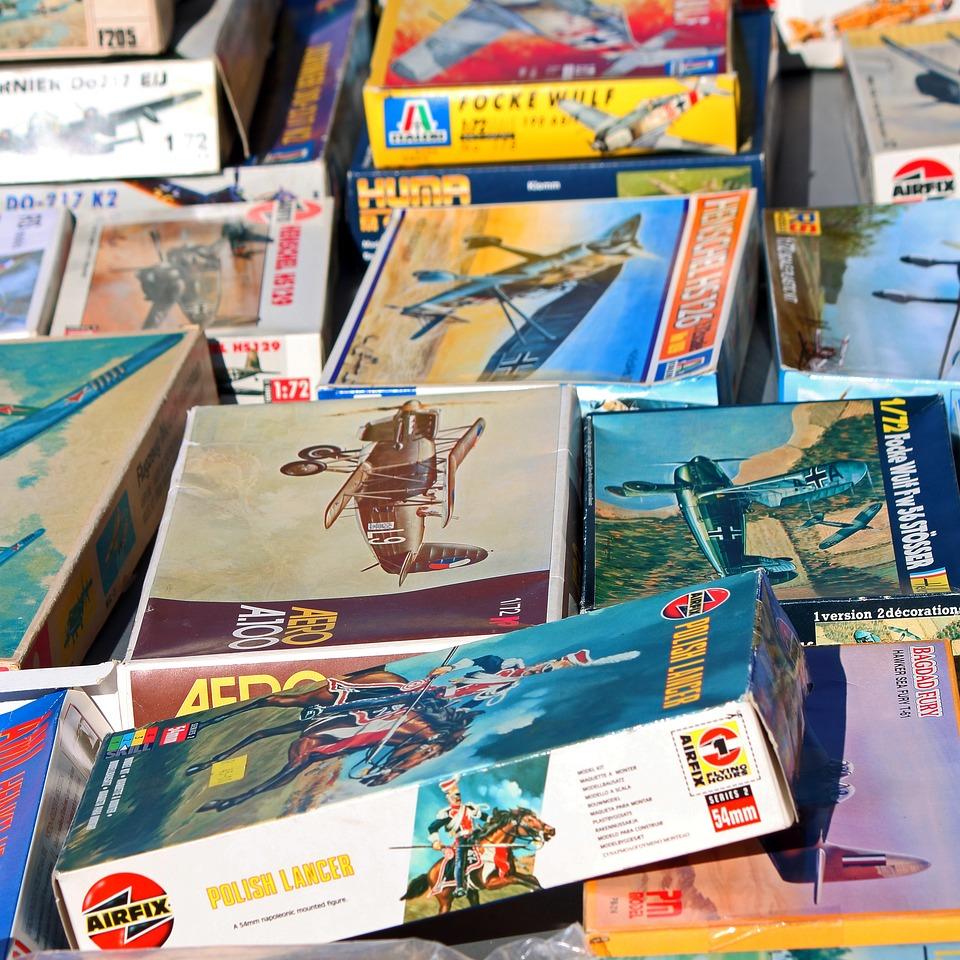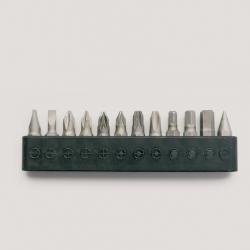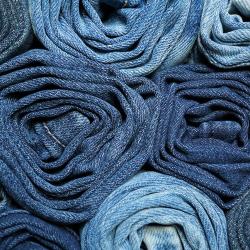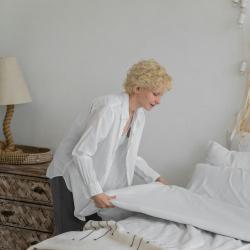The Art of Buying Used: Smart Strategies for Secondhand Shopping
In an age where sustainability and budget-conscious choices are becoming increasingly important, the art of buying used, or secondhand shopping, has emerged as both a practical and environmentally-friendly solution. From clothing and furniture to electronics and vehicles, purchasing pre-owned items offers a plethora of benefits. However, mastering the art of secondhand shopping requires savvy strategies to ensure that you secure quality goods while maximizing savings. Here’s a comprehensive guide to help you navigate the world of used wares like a pro.
Understanding the Benefits
Before diving into strategies, it's essential to appreciate the benefits of buying used. Firstly, it’s a significant cost-saving measure. Pre-owned items typically come at a fraction of their original price, allowing buyers to enjoy premium brands and products at budget-friendly prices. Secondly, buying used is a sustainable choice. By opting for secondhand goods, you’re reducing demand for new products, thus conserving natural resources and minimizing waste. Lastly, there’s the thrill of the hunt. Many secondhand shoppers relish the satisfaction of discovering unique or vintage items that tell a story.
Where to Shop
While traditional thrift stores and garage sales are timeless venues for finding used goods, the digital age has broadened the marketplace significantly. Online platforms like eBay, Craigslist, Poshmark, and Facebook Marketplace offer vast inventories at your fingertips. Additionally, specialty consignment shops and online auction sites often focus on high-end or rare items. Each of these platforms has its own set of advantages, and a seasoned secondhand shopper knows how to leverage them all based on what they're looking for.
Smart Shopping Strategies
-
Know What You Need: Going into secondhand shopping with a clear idea of what you need can save time and prevent impulse buys. Make a list of items you're seeking to narrow your search and focus on finding the best quality within your budget.
-
Research and Compare: Before purchasing, research typical prices for the item in question. This helps ensure you're getting a true bargain. Compare prices across different platforms and stores to find the best deal.
-
Inspect the Item: When possible, thoroughly inspect any used item before purchasing. For clothes, check seams, zippers, and stains. For electronics, ensure they work and come with necessary accessories. If buying online, request clear photos and detailed descriptions from the seller.
-
Seasonal Shopping: Just like with new products, there are ideal times to buy certain secondhand items. For fashion, shopping off-season can yield lower prices. Large furniture pieces or cars might be less expensive at the end of the month when sellers are often more motivated to make a deal.
-
Negotiate Wisely: Don’t be afraid to negotiate prices, especially in thrift stores or on online marketplaces. Research comparable items to ensure your offer is fair to both parties. Highlight any flaws to support your request for a discount.
-
Patience is a Virtue: Finding the perfect item may take time. Don’t rush into buying items out of urgency. Patience often leads to better finds and deals.
-
Be Wary of Scams: In online platforms, verify the legitimacy of sellers. Use secure payment methods and be cautious of deals that seem too good to be true.
Conclusion
The art of buying used requires a blend of strategy, patience, and a keen eye. By making informed choices and knowing where and how to look, you can enjoy the benefits of significant savings and unique finds while contributing positively to the environment. Whether you're a seasoned thrifter or new to the world of secondhand shopping, these strategies can help you successfully navigate the ever-growing market of pre-owned treasures. Happy hunting!






















